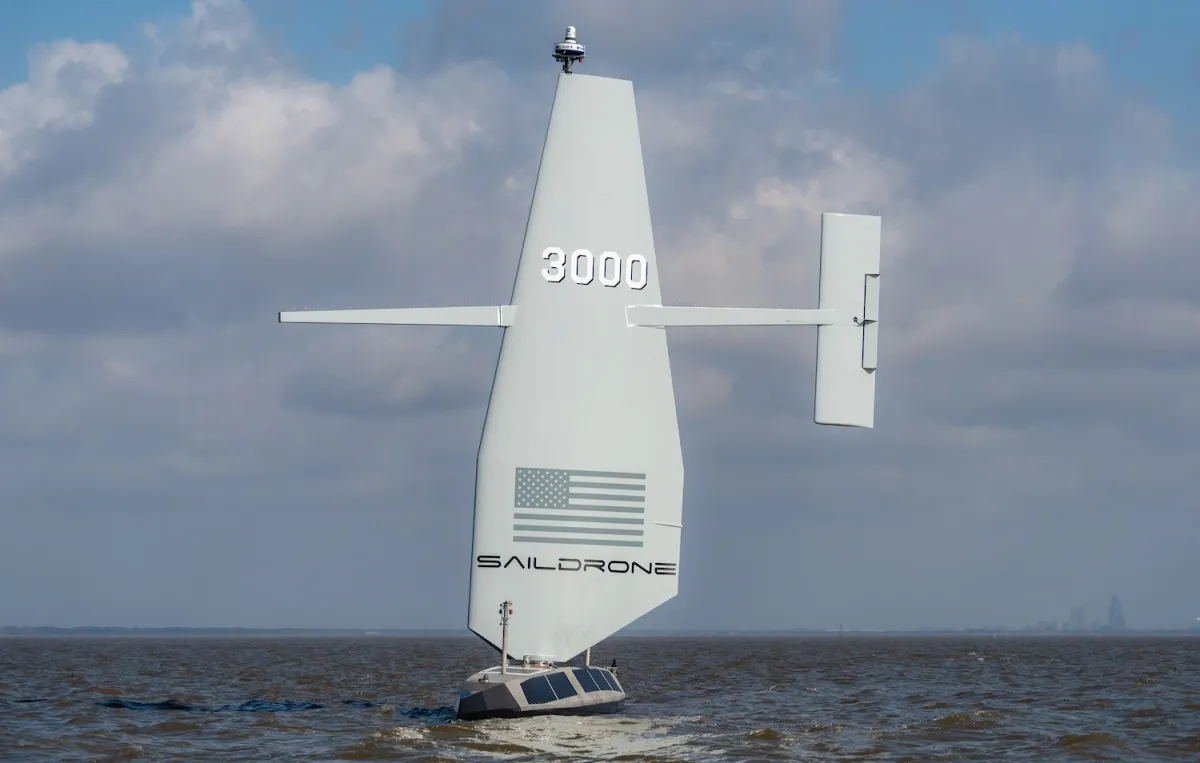Corte de Cabo no Mar Vermelho Interrompe Tráfego de Dados Uma Análise Detalhada
Embora o ataque tenha sido provavelmente acidental, ele aumentou as preocupações sobre a vulnerabilidade da internet global para sabotagem.
“`html
Red Sea cable cut by anchor from Houthi ship attack, according to internet company.
📡🚀🔌
Several subsea communications cables in the Red Sea were cut on Saturday, causing temporary disruptions to data traffic flowing between Asia and Europe. While some have pointed fingers at the Houthi rebels for intentionally sabotaging the cables, the true cause of the damage seems to be a little more complex. Let’s dive into the details.
The Anchor Saga
According to German internet firm DE-CIX, one of the cables was damaged by an anchor from a ship that Houthi rebels had attacked. The ship in question, the UK-owned commercial vessel Rubymar, sank after being hit by a Houthi missile on February 18. The crew abandoned the ship and dropped anchor to prevent it from drifting out of control. Unfortunately, the anchor did not hold, and the drifting wreck dragged across the seabed, severing three of the cables before finally sinking.
⚓️💥
- A Noite de Sexta-feira de Beisebol está de volta com Apple TV+ e MLB!
- A Batalha entre Liberdade de Expressão e Segurança Nacional TikTok ...
- Quer pré-encomendar o novo MacBook Air M3 da Apple? Saiba como econ...
Telecommunication Arteries in the Red Sea
Undersea cables play a vital role in transmitting telecommunication signals and internet data across vast stretches of the ocean. In the Red Sea, sixteen fiber optic cables, accounting for a significant 17% of all international internet traffic, run along the seabed. This region serves as a neuralgic point connecting Europe and Asia, similar to a crucial artery for world trade.
🌊🌍🚢
Impact on the Internet: Apocalypse or Resilience?
While the severing of the Red Sea data cables might sound like the beginning of an apocalyptic internet meltdown, the reality is not as dramatic. Internet service providers (ISPs) have designed their networks with such failures in mind, implementing redundancy and resilience.
🌐🔌🔀
In case one cable is cut, data flow is automatically rerouted to other nearby lines, ensuring continuity of connection. Dr. Thomas King, CTO at DE-CIX, reassures us that if ISPs and carriers have built their networks redundantly, internet users in Europe and Asia should not experience any disruptions.
😅💪
However, the impact may vary depending on your location. In June 2022, the Asia-Africa-Europe 1, a 25,000km internet line, suffered a failure, leaving millions without internet for hours. Although connection was restored relatively quickly, this incident highlights the vulnerability of submarine infrastructure to terror attacks.
⚠️🔒
Q&A: What You Need to Know
Q: Can disruptions to undersea cables cause a complete internet blackout?
A: While disruptions can affect specific regions, ISPs have built resilient networks that automatically reroute data to other lines, minimizing the impact on internet users.
Q: Are undersea cables vulnerable to attacks?
A: Yes, undersea infrastructure is susceptible to both natural disasters and deliberate attacks. Safeguarding these critical communication channels is of utmost importance.
Q: How can we prevent future disruptions?
A: Strengthening security measures and implementing redundancy in undersea cable networks are key steps. Enhanced surveillance and cooperation among nations can also help identify and respond to potential threats.
Looking Ahead: Security and Future Developments
The recent incident in the Red Sea once again highlights the importance of securing our critical communication infrastructure. As reliance on digital connectivity grows, ensuring the resilience and integrity of undersea cables becomes paramount.
🔒🛡📈
Moving forward, it’s crucial for governments, international organizations, and industry stakeholders to collaborate and develop comprehensive strategies to safeguard subsea communications networks. Additionally, investments in advanced technologies like quantum encryption could further enhance the security of these vital information highways.
🌐🚀🔒
References:
- Microsoft Expands EU Data Localization Efforts to Cover System Logs (TechCrunch)
- Internet Moments That Defined 2023 (TechCrunch)
- Earbuds that Last 140 Hours per Charge – They’re Still on Sale! (TechCrunch)
- Apple Watch Users Warned Against Using Counterfeit and Uncertified Chargers (TechCrunch)
- Insert visuals and videos as appropriate.
“`
🌟🔌🌐
Leitores, qual a sua opinião sobre o impacto das interrupções de cabos submarinos e o futuro de proteção de nossas redes de comunicação? Compartilhe suas opiniões e vamos manter a conversa! E não se esqueça de clicar no botão de compartilhar para espalhar o conhecimento! 💻📡✨






